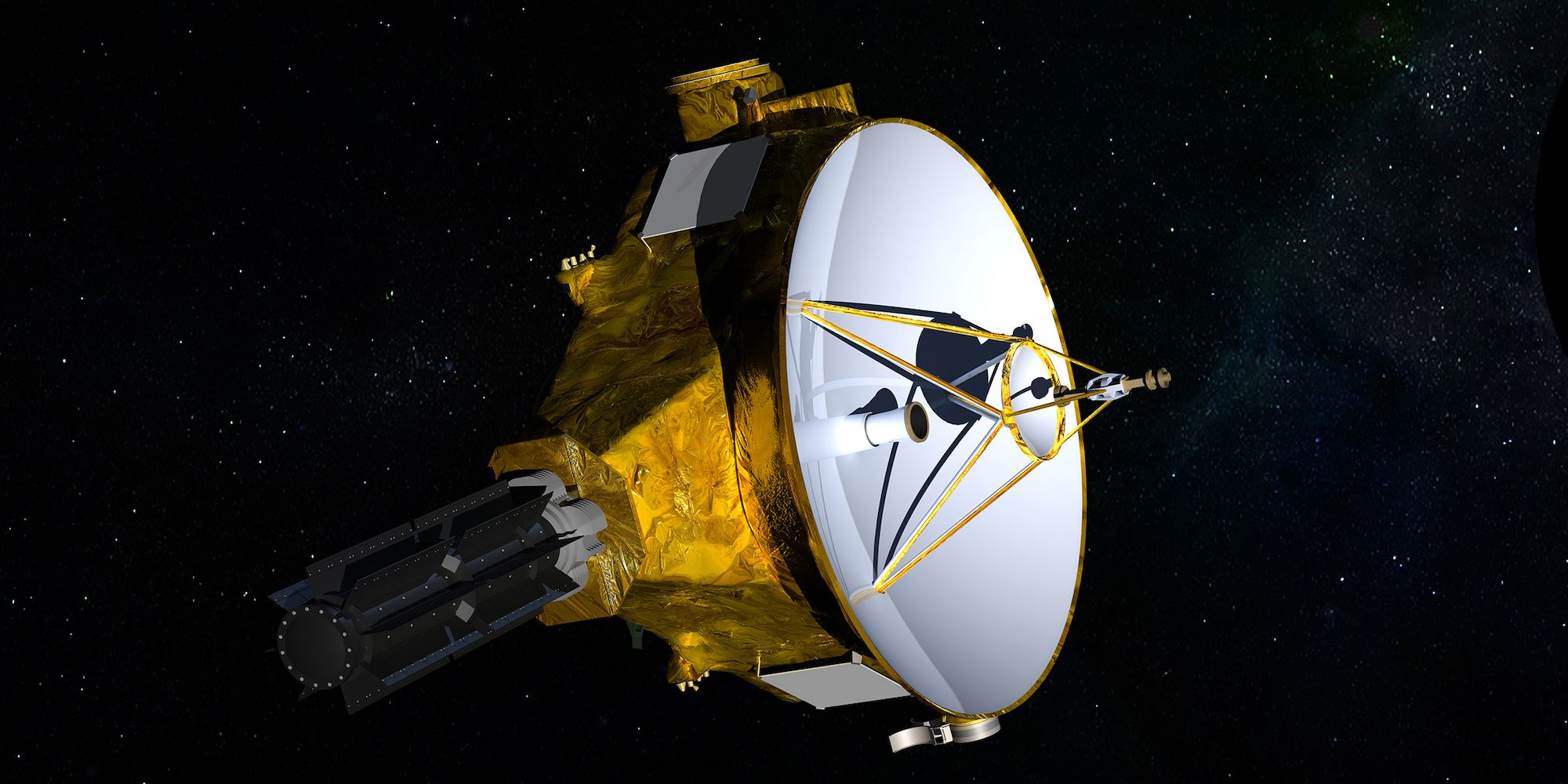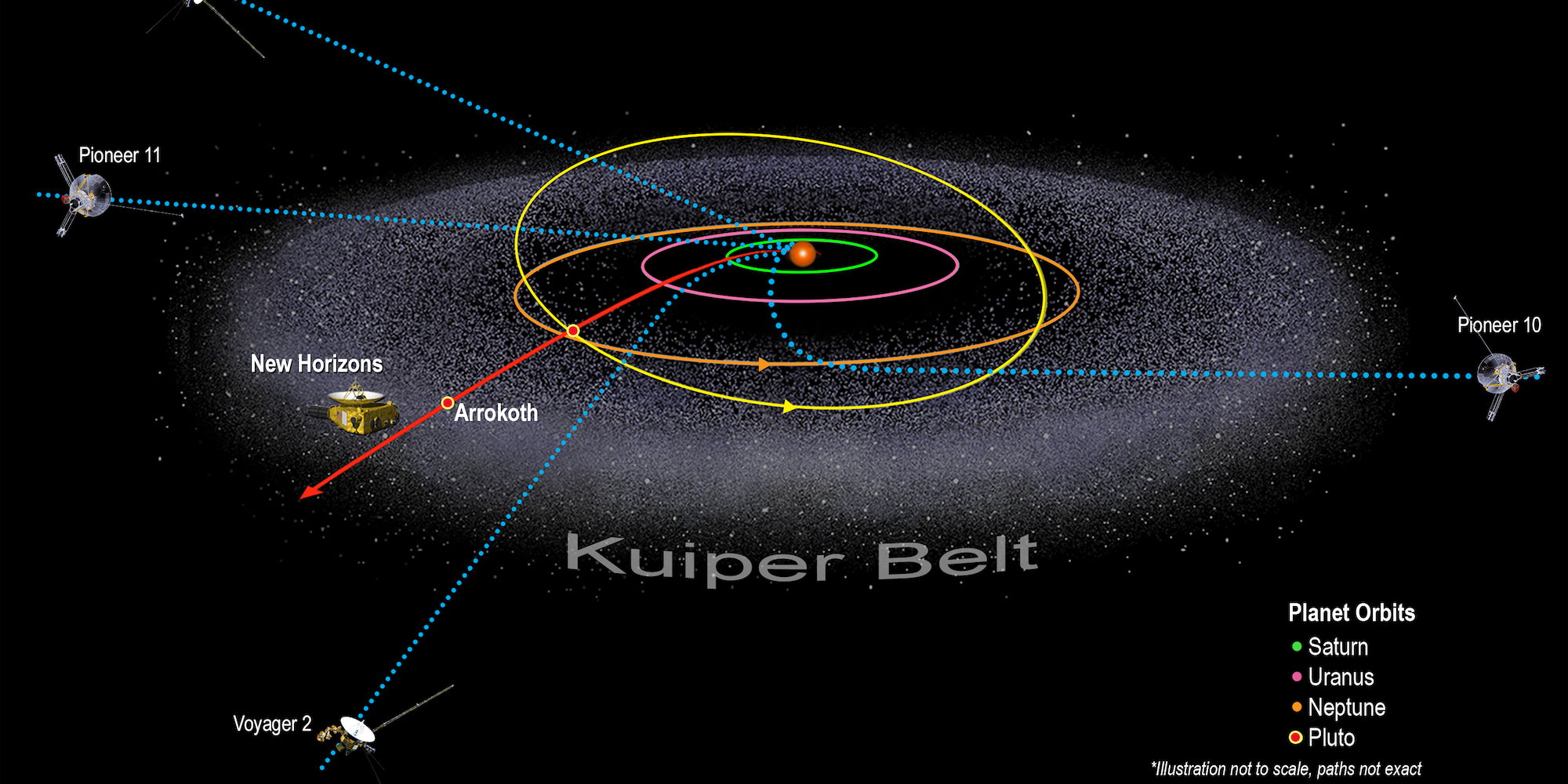NASA's New Horizons probe is currently deep inside the Kuiper Belt, but what's next for the little spacecraft that's exploring the depths of the solar system? New Horizons took a picture of Pluto’s Heart, an icy region officially known as Tombaugh Regio, back in 2015. The image quickly became viral as it was the first time Pluto was seen up close, and the heart shape was endearing to fans of the former ninth planet. However, New Horizons has the potential to make more discoveries in its journey beyond Pluto and into the outskirts of the heliosphere.
NASA has launched several probes over the years that have traveled great distances and provided scientists with valuable data about elusive gas giants like Uranus and Neptune. Some of the information and images obtained have made breakthrough discoveries that have allowed for a better understanding of how the solar system was formed and helped to make more accurate predictions about other regions of space. Using Jupiter's gravity assist, New Horizons made a flyby of Pluto and studied its terrain and atmosphere, finding a frozen world of perplexing icy structures beyond imagination.
The small but mighty probe is well-equipped with seven instruments that can detect different kinds of light, solar wind, plasma, energetic particles, dust, etc. After its encounter with Pluto, New Horizons flew by the Kuiper Belt Object (KBO) Arrokoth in 2019, also known as the most distant object ever explored up close by a spacecraft. These objects are highly sought after because they teach scientists about planetesimals, which are the building blocks of planets. Because of its prime location on the edge of the solar system, NASA has decided to extend the New Horizon mission by another two years. The intention is to perform multidisciplinary studies contributing to astrophysics, planetary science, and heliophysics. Alan Stern, New Horizon's main investigator, told Space, "We're going to use this spacecraft to do things that really cannot be done except if you have a spacecraft out there."
Closer Observations Of Uranus And Neptune
According to NASA, New Horizons will make distant observations of Uranus and Neptune from unique geometries not possible from Earth. This would allow astronomers to compare them with distant exoplanets. It will continue to explore the solar system out to 63 astronomical units (AU) from Earth, using its instruments to understand the motions of charged particles as they interact with the solar wind and get a better picture of the large-scale structure of the heliosphere. New Horizons will also use machine learning in coordination with ground telescopes to find new KBOs, and use its cameras to map the faint cosmic background in visible and UV light.
The achievements by New Horizons and other NASA probes put the U.S. ahead in the reconnaissance of the solar system. Rather than building and designing a mission from scratch, multidisciplinary studies of this kind become much cheaper if the spacecraft performing them continues to work over the years. For now, NASA gets to take advantage of New Horizon's good health and take her farther than ever in her scientific space quest.


